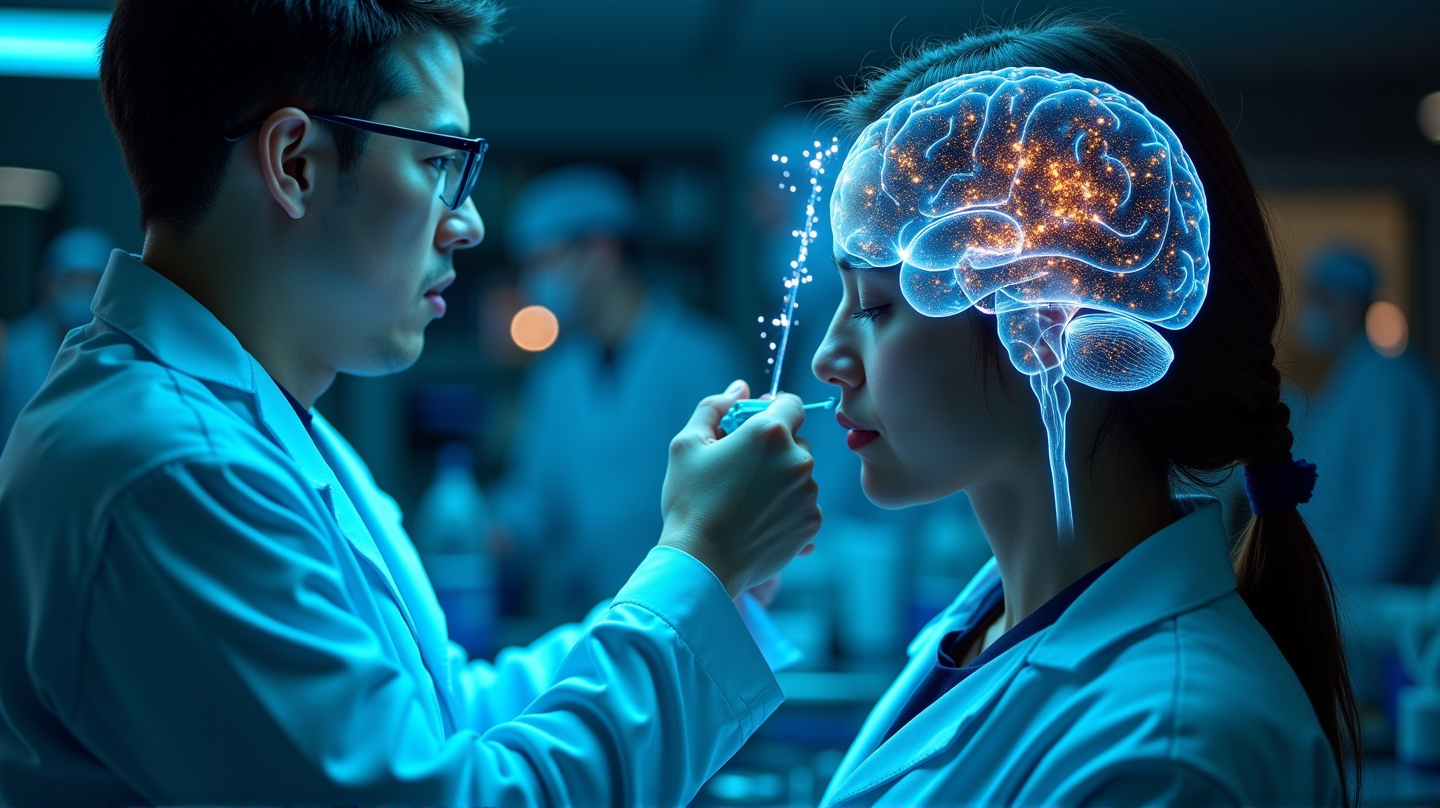Unraveling the Nausea Conundrum in GLP-1 Therapies
In an inspiring push towards enhanced weight-loss treatments, new research uncovers the intricacies of how GLP-1 drugs like Ozempic and Wegovy interact with the brain. These medications are known for significant weight loss results but come with the frustrating side effect of nausea for almost 40% of users. According to ScienceDaily, the emerging insights propose a way to harness their benefits without the uncomfortable aftermath.
Brain Circuitry: The Key to Side Effect-Free Medication?
Recent studies showcase how medications targeting the glucagon-like peptide-1 (GLP-1) system modulate brain areas linked to nausea and reward-driven behaviors. These GLP-1 receptor agonists, pivotal in treating obesity and type 2 diabetes, are under more investigation. Scientists seek to segregate their beneficial aspects from adverse reactions, potentially expanding their therapeutic reach.
A Potentially Powerful Combination: Oxytocin with Tirzepatide
James E. Blevins’ study at the University of Washington hints at a promising remedy. His experiments with obese rats demonstrate that a combination of low-dose tirzepatide and oxytocin fosters weight loss without inducing nausea, achieving nearly double the efficacy compared to using each alone. Notably, this combination also avoids typical gastrointestinal upset markers, promising a smoother therapy.
Revealing the Vomit Circuit: Where Weight Loss Meets Nausea
Explored by Warren Yacawych at the University of Michigan, the area postrema — known as the brain’s vomit center — emerges as a significant player. It balances both weight loss and nausea responses. The challenge remains to isolate the appetite-suppressing actions from the nausea-inducing ones, propelling research towards more targeted pharmaceuticals.
New Pathways in Combating Pleasure-Based Eating
Ali D. Güler’s groundbreaking work at the University of Virginia highlights GLP-1 receptor’s influence on suppressing signals that initiate pleasure-based eating. By delineating these circuits, there’s potential for the development of therapies that curb cravings without dampening natural appetites, aiding in treating binge eating and related behaviors.
Influencing Thirst: The Dual Role of GLP-1 Medications
Derek Daniels’ research sheds light on how GLP-1 receptor agonists impact thirst and hydration regulation. His investigations in rats highlight changes in relevant brain regions, suggesting avenues for creating drugs that retain metabolic benefits without disrupting hydration behavior.
These discoveries at Neuroscience 2025 illustrate a path forward where cutting-edge science could reshape obesity and addiction treatments, separating therapeutic benefits from unwanted side effects and opening new doors in medical therapies.
